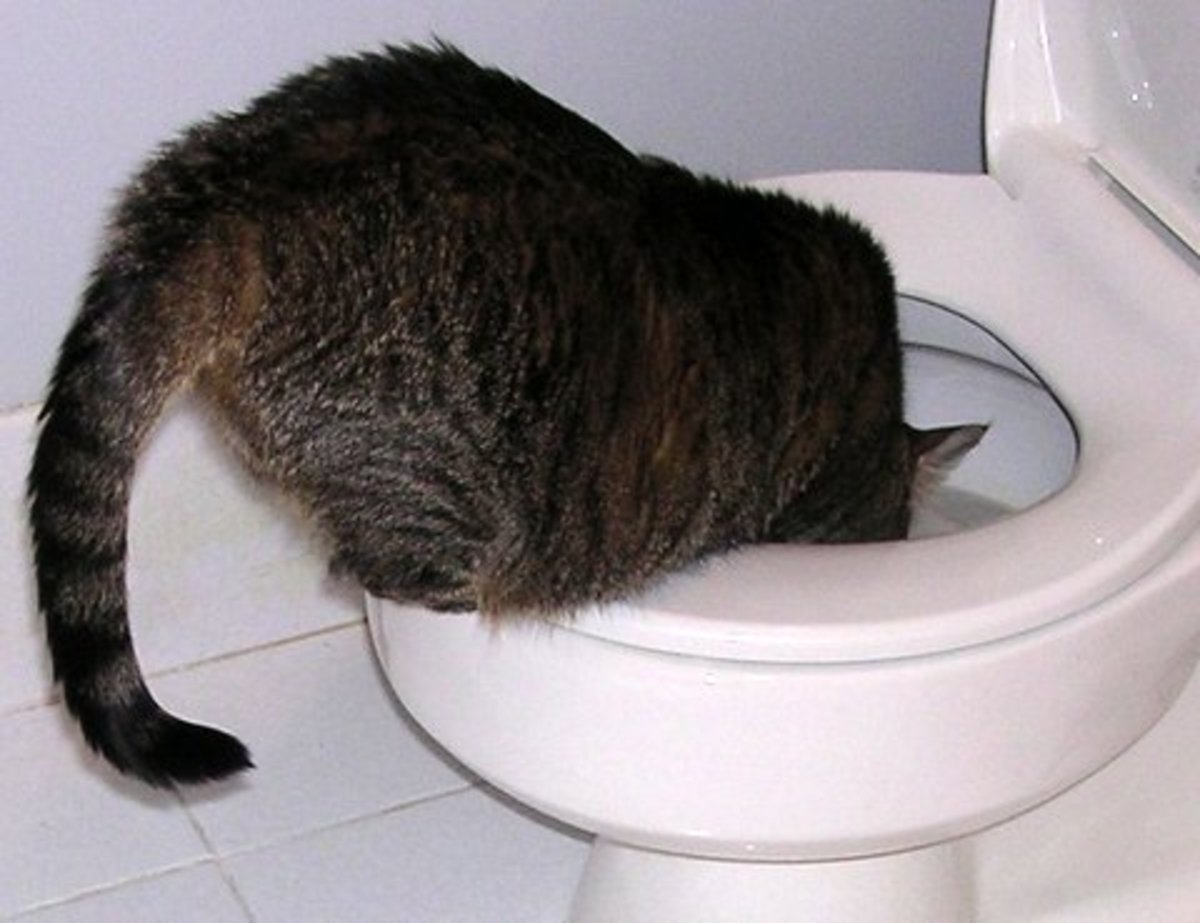Dangers of Disposing Cat Poop in Your Toilet - Precautionary Measures
Dangers of Disposing Cat Poop in Your Toilet - Precautionary Measures
Blog Article
The publisher is making a few good points on Don’t flush cat feces down the toilet in general in the article beneath.

Intro
As cat proprietors, it's vital to bear in mind exactly how we deal with our feline buddies' waste. While it may seem convenient to flush pet cat poop down the commode, this method can have destructive repercussions for both the environment and human wellness.
Environmental Impact
Flushing feline poop presents dangerous pathogens and bloodsuckers into the supply of water, posing a significant threat to aquatic environments. These contaminants can negatively affect marine life and compromise water high quality.
Health Risks
In addition to environmental problems, flushing cat waste can additionally position wellness dangers to human beings. Pet cat feces might contain Toxoplasma gondii, a parasite that can trigger toxoplasmosis-- a potentially serious ailment, specifically for expecting women and people with damaged immune systems.
Alternatives to Flushing
Luckily, there are more secure and more accountable ways to deal with pet cat poop. Take into consideration the following choices:
1. Scoop and Dispose in Trash
One of the most typical approach of taking care of pet cat poop is to scoop it into an eco-friendly bag and toss it in the garbage. Be sure to make use of a committed trash inside story and dispose of the waste quickly.
2. Usage Biodegradable Litter
Go with biodegradable cat trash made from materials such as corn or wheat. These clutters are environmentally friendly and can be safely disposed of in the trash.
3. Hide in the Yard
If you have a yard, consider burying pet cat waste in an assigned area far from veggie yards and water resources. Be sure to dig deep adequate to prevent contamination of groundwater.
4. Install a Pet Waste Disposal System
Invest in a family pet waste disposal system particularly developed for pet cat waste. These systems use enzymes to break down the waste, lowering odor and ecological effect.
Final thought
Liable pet ownership extends past supplying food and shelter-- it additionally involves correct waste monitoring. By avoiding flushing pet cat poop down the bathroom and selecting different disposal approaches, we can reduce our ecological impact and shield human health.
Why Can’t I Flush Cat Poop?
It Spreads a Parasite
Cats are frequently infected with a parasite called toxoplasma gondii. The parasite causes an infection called toxoplasmosis. It is usually harmless to cats. The parasite only uses cat poop as a host for its eggs. Otherwise, the cat’s immune system usually keeps the infection at low enough levels to maintain its own health. But it does not stop the develop of eggs. These eggs are tiny and surprisingly tough. They may survive for a year before they begin to grow. But that’s the problem.
Our wastewater system is not designed to deal with toxoplasmosis eggs. Instead, most eggs will flush from your toilet into sewers and wastewater management plants. After the sewage is treated for many other harmful things in it, it is typically released into local rivers, lakes, or oceans. Here, the toxoplasmosis eggs can find new hosts, including starfish, crabs, otters, and many other wildlife. For many, this is a significant risk to their health. Toxoplasmosis can also end up infecting water sources that are important for agriculture, which means our deer, pigs, and sheep can get infected too.
Is There Risk to Humans?
There can be a risk to human life from flushing cat poop down the toilet. If you do so, the parasites from your cat’s poop can end up in shellfish, game animals, or livestock. If this meat is then served raw or undercooked, the people who eat it can get sick.
In fact, according to the CDC, 40 million people in the United States are infected with toxoplasma gondii. They get it from exposure to infected seafood, or from some kind of cat poop contamination, like drinking from a stream that is contaminated or touching anything that has come into contact with cat poop. That includes just cleaning a cat litter box.
Most people who get infected with these parasites will not develop any symptoms. However, for pregnant women or for those with compromised immune systems, the parasite can cause severe health problems.
How to Handle Cat Poop
The best way to handle cat poop is actually to clean the box more often. The eggs that the parasite sheds will not become active until one to five days after the cat poops. That means that if you clean daily, you’re much less likely to come into direct contact with infectious eggs.
That said, always dispose of cat poop in the garbage and not down the toilet. Wash your hands before and after you clean the litter box, and bring the bag of poop right outside to your garbage bins.
https://trenchlesssolutionsusa.com/why-cant-i-flush-cat-poop/
We were shown that write-up about Can You Flush Cat Poop Down The Toilet? from a good friend on a different site. Sharing is caring. Helping others is fun. Thanks so much for your time spent reading it.
Schedule Free Estimate Report this page